Do you want a house built specifically for you and your family's needs and budget? Perhaps you're curious how much one of our houses costs per square foot.
We have the data you need to make an educated decision about this crucial aspect of selecting a new residence. Here we'll look at how our home prices stack up per square foot against the competition.
Let's review pricing basics, including how prices are determined, the difference between estimated and actual costs, and the variables that can change the price.
Please keep reading to learn more about the investment required to acquire one of our unique residences!
How Do You Determine the Price Per Square Foot?
Simply replace "per" with a division symbol to get the cost per square foot. If you're considering a home that's $400,000 but only 2,000 square feet in size, the numbers work out as follows:
$400,000. / 2,000 = $200.00 per square foot
Price-for-square-foot calculations and comparisons will only tell you so much about the variations between the houses you're looking at. This is due to some factors.
- The square footage of the residence may be correct, as measured by the listing agent, or it may be incorrect, as recorded in out-of-date public records. A home extension, for instance, may not have been recorded.
- Even within a suburban development, lot sizes might differ. Hence the land value is a major factor in determining property values (particularly in coastal markets). You can't make a fair comparison of properties by looking at only the cost per square foot.
- Finished basements, attics, and garages that could be converted into living spaces are not always factored into the advertised square footage of a home.
A home's desirability can still be gauged by looking at its price per square foot. Whereas the average sale price of a home in San Francisco is over $1,000 per square foot, it is only $168. In both national and local housing markets, a higher value can indicate that the home's location, design, and additional characteristics are in high demand.
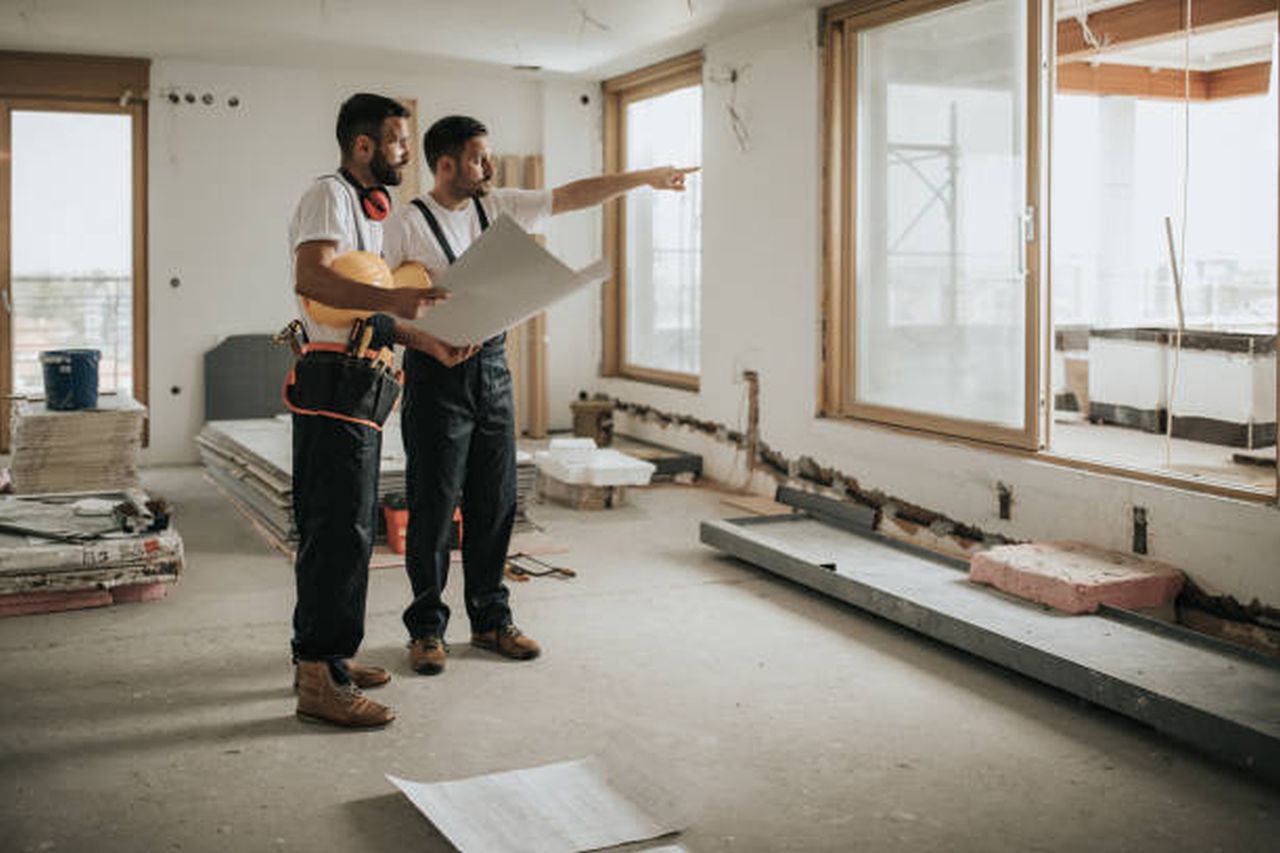
A House's Average Cost Per Square Foot
According to Housebuilder Digest, the national average price per square foot to construct a home is $150. Based on a home magnitude of 2,600 square feet, the average cost can vary from $54 to $270 for every square foot.
The prices listed here are for a typical home in a planned residential community. It's a standard suburban tract home, neither cheap nor fancy. The per-square-foot cost of a cheap house could be as low as $33. However, depending on the home's features, location, and level of finish, a luxury home could reach $770 per sq foot or even higher.
Materials And Labour
How much money you spend per square foot on a house is relative to the price of materials and labour. Location plays a role in both.
Lumber, concrete, pipelines, wiring, drywall, and roofing—do you have access to these locally, or will they have to be shipped in from afar? What is the prevailing wage and labour supply for the construction industry where you are?
If the demand for construction workers exceeds the supply, or if you're constructing a costly live-in area, you can anticipate paying more.
Permits And Regulations
Building permit fees and requirements vary widely from one municipality to the next. If you want to build a house on the water's edge, for instance, you might have to pay for an environmental study first.
Stricter building standards can raise prices, but the added security and reduced difficulty of obtaining home insurance could compensate for it. Stronger construction against natural disasters like hurricanes, floods, and fires may be mandated by updated building codes.
The Land
The price per square foot of your building is heavily influenced by the price of the land on which it sits. In densely populated areas, the land itself may be more expensive than the house you eventually construct there. In addition, some geological characteristics will increase building costs. The construction cost on a hillside adjacent to a fault line will be much higher than on level farmland.
The Style
Fashion is also important. How about two different colonies with such a basement or a ranch-style house on a concrete slab? It can cost up to six times the amount it takes to excavate a basement as it would build on a slab. Meanwhile, the construction cost is typically lower when going vertically rather than horizontally. There is a reduced need for space and supplies.
The Utilities
Utility connections are another important consideration. Compared to constructing a house in a rural or unused area, the cost of doing so will be lower if you locate it in an area with sewer lines, electrical lines, and roads in place.
Price Of Flooring Per Square Foot
The price per square foot of flooring will vary depending on the material, size, and quality you select. Preparing the subfloor and removing the old flooring can add to the overall price tag.
The following are some examples of the per-square-foot prices at a major mid-range home retailer for some of the most frequently purchased flooring options. A speciality shop could have higher prices.
- The cheapest tile option, medium-sized square ceramic tiles, can be purchased for as little as $1 per square foot. Tiles that imitate natural stone or porcelain can range in price from $2 to $12 for every sq foot. Small hexagon-shaped marble tiles or tile backsplash natural stone may cost $25 per square foot on the high end. Mortar, grout, and installation are not included in these prices.
- The average cost of standard textured carpet, including installation, is about $3 per square foot. The cost to have patterned rather than Berber carpet installed can range from $3 to $6 per square foot. The cost will depend on the fabric's softness, durability, and stain resistance.
- Vinyl flooring is inexpensive ($2 to $5 per sq foot), durable (can't be dented or scratched), and low maintenance (can be cleaned with a damp mop). It can cheaply mimic high-end materials like hardwood flooring or marble.
- With a material cost of $1 vs. $4 per square foot and an installation cost of $2 to $3 per sq metre, wood laminate flooring is more expensive than vinyl but offers similar benefits.
- A more expensive alternative to vinyl or wood fibreboard, engineered hardwood can be installed for around $6 per square foot.
- Solid hardwood is one of the most classic and long-lasting flooring options due to its ability to be refinished repeatedly. Nearly $8 per square foot is the average installed cost.
Concrete Cost Per Square Foot
A concrete block foundation for just a new home, addition, or shed will cost about $6 per sq foot on average. According to the BLS, there will be a 14% increase in the price of concrete ingredients between January 2021 and October 2022.
Depending on the slab thickness (typically 4 feet or 60 cm) and also the cost of labour in your area, the price of a basic slab of concrete can vary from $4 to $8 per sq foot.
Adding surface or colour to a patio pour ranges from $8 to $18 per sq foot. Grading the ground to make it even before the concrete is set is another factor driving the price.
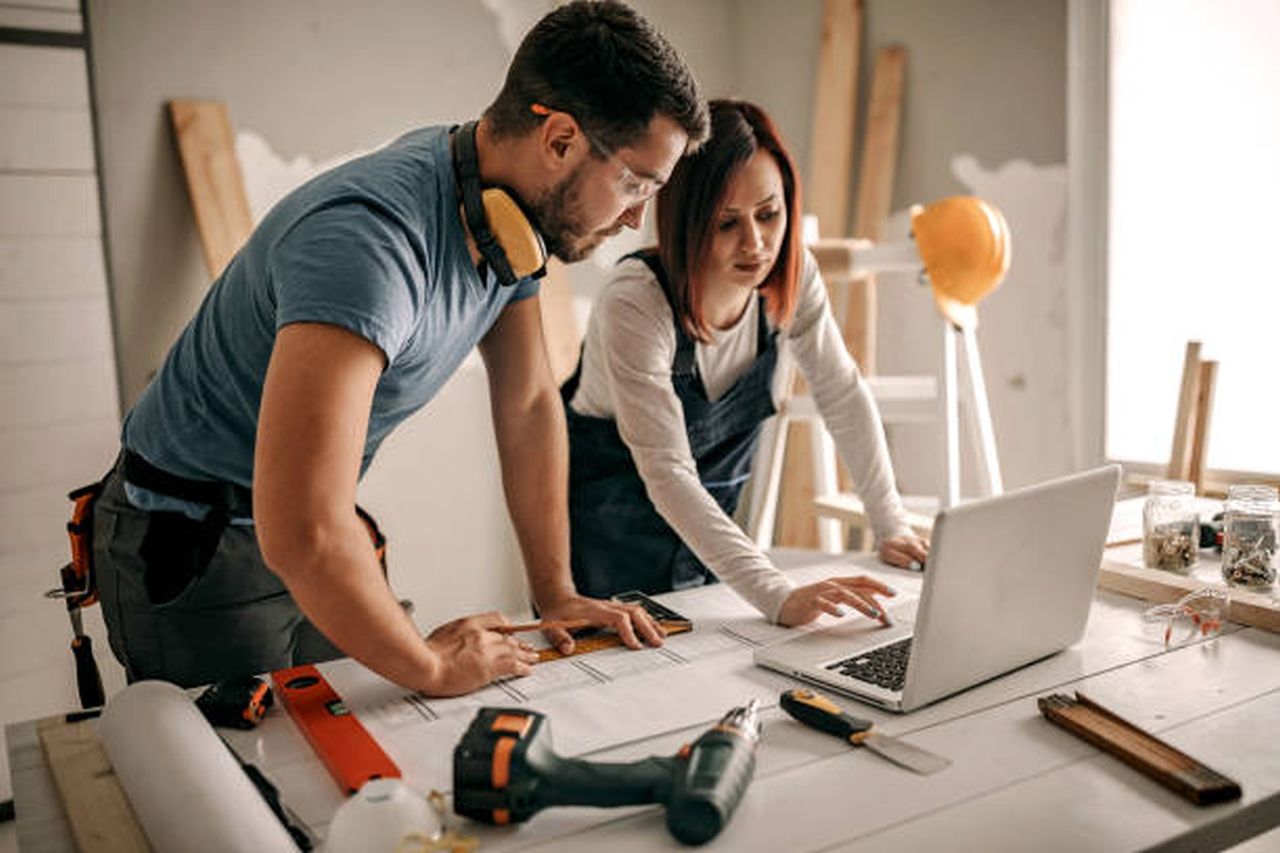
Why Is Price Per Square Foot Important?
There are a few reasons why the cost per square foot is high:
- It provides a structure in which to carry out your work. When the construction of a house is finished, the total amount spent and the home's square footage can be used to determine the construction cost. If you spent $250,000 on a 2,000-square-foot house, for example, that works out to $125 per square foot. Buyers can rest easy knowing exactly how much they dropped on a house thanks to this figure. Builders can use the data to better advertise their services to potential customers. Semi-custom home builders can give their customers more reliable price estimates for custom homes because they can offer or before floor plans and reference model options. They'll be aware that if they alter the house's floor plan or choose fancier finishes, that will drive up the price.
- Real Estate Appreciation - A new appraisal of your home's value may be in order after construction is complete. The appraisal will tell you how much your home is worth, whether you need it to sell it, refinance it, or get a home equity loan. A home's appraised value—which includes a price for each square foot calculation—is based on some factors, including its square footage, amenities, design, and market and location. Potential buyers will use this figure to determine whether or not the asking price is reasonable in the current market. If it's too high, they might try to negotiate it down; if it's too low, they might think there's something wrong with the house and decide against buying it.
Three Factors Influencing Price Per Square Foot When Building A House
The cost per square foot to construct a custom home can range widely. This should shed light on the variables contributing to the cost per square foot. As an illustration, let's use a 2,500-square-foot home with four bedrooms and three bathrooms. We'll also look at a similar house that's 500 sq ft smaller for comparison (same 4BR 3Bth.) The cost per square foot is determined by three main variables.
The answer to the question of how much it costs per sq ft to construct a custom home can vary widely. Budgeting for dirt cheap is possible up to a certain point, but after that, there's no telling how much money you could indeed spend. Let's discuss the cost per square foot in more detail.
Pricing By The Square Foot
The first factor is the actual floor space of the space. More money will need to be spent per square foot on smaller houses with the same number of bathrooms, kitchen size, and level of finish as larger houses. The cost per square foot of a home is highest in the kitchen and the bathroom. Let's pretend the total cost to construct a house was $250 per square foot.
That includes the bedroom, study, kitchen, and bathroom. The actual construction costs of the kitchen and bathrooms were significantly higher than $250 per square foot. With no difference in the number of bathrooms or the quality of the finishes in the kitchen, the per-foot cost of a 2,000-square-foot home is significantly higher than that of a 2,500-square-foot home.
Square Footage Available
Another term for this is "open footage." Rooms that don't have any fixed furnishings, such as cabinets, countertops, plumbing, etc., are considered open areas. There is typically less need for electrical work in open spaces. Perhaps there are no walls in that area, but there is still sufficient lighting to cover it. The price per square foot is lower because there are fewer fixtures and furnishings in the open floor plan.
Budget Cost Cutting
For example, in a house that costs $250 per square foot to build, removing 100 square feet from the middle of the living room won't save as much money as reducing the size of the kitchen. The living room could save you $150, maybe more, or even less, but the $250 total is a weighted average of much higher-priced square footage and cheaper open spaces.
There is no way your kitchen could cost less than $2500. When comparing homes with a comparable number of bedrooms, bathrooms, and kitchen square footage, smaller homes are more expensive overall.
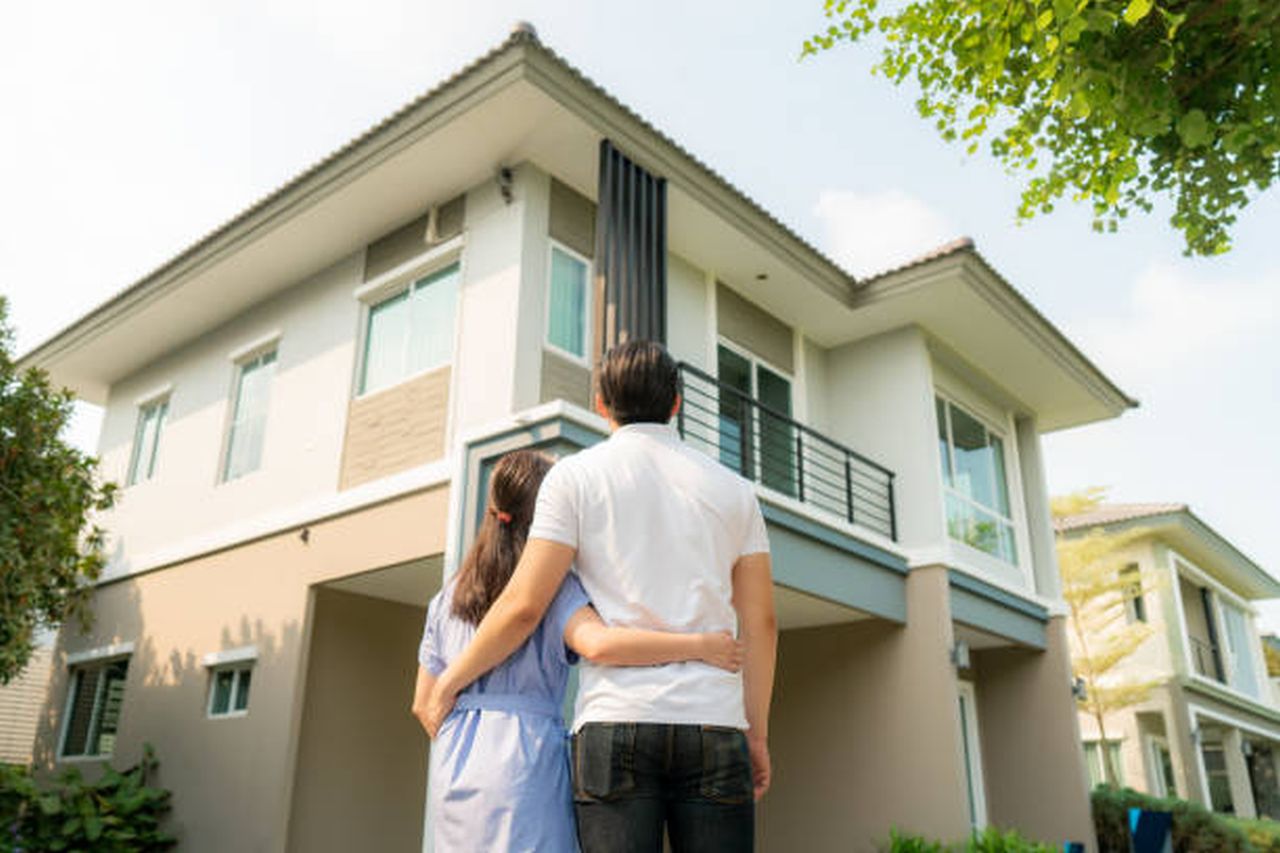
Planning A Bathroom Budget
A second factor that affects a budget per square foot is the number of bathrooms, which is related to the first. The cost per square foot of a bathroom is very high. It is more cost-effective to construct a 2,500-square-foot residence with two bathrooms rather than three. Having fewer bathrooms will help you save money on your home. How much does a bathroom cost, though?
Bathroom Dimensions And Finishes
Constructing a home with a secondary bathroom averages around $40,000. It all depends on the quality of the fixtures and fittings in that bathroom, but $40,000 is a reasonable estimate. You can save $40,000 by eliminating a bathroom. The reason why master bathrooms can cost so much is because they are usually much larger and have higher-quality fixtures and fittings. A main bathroom suite can easily rise to $80,000 or more.
Some houses have two master suites, in which case the second bathroom should cost $80,000 rather than $40,000. The primary bathroom or guest bathroom status is established by its size and level of finishing.
Finishes For The Home
The price of a custom home can vary greatly depending on the interior and exterior finishes chosen. To what extent you customise your home depends on the degree of completion you choose. Usually, we categorise finishes as either standard, custom, or high-end.
Everyone's mental picture of those tiers is different. We categorise them as standard on the low end, boost on the high end, or even outrageously expensive, and custom in the middle.
Typical Home Finishes
Luxury vinyl plank (LVP) flooring, vinyl windows, fibreglass showers, & basic drywall are some of the most affordable home finishing options. These levels of polish are fairly standard fare for the industry.
Home Finishes Made To Order
The cost per square foot increases as a result of more luxurious fittings. Some examples are steam-grade wood interior trim, open beam ceilings, stone tile floors, intricate tile showers, and wood windows. Exotic designs, such as those in tessera tile or other mosaic patterns, can also increase costs. The integration of radiant heat flooring also with concrete slab increases the price significantly. Is it your goal to have perfectly smooth walls? In most homes, the price of a level created easily with plasterboard finish is higher than that of a skip trowel texture.
Adding custom stone veneer to the exterior (or interior) of a house is expensive. It will cost a lot of money to have a stone and otherwise tile veneer installed on an accent wall. The exterior wainscot on some homes is quite modest. Adding a personal touch to the exterior of a home can improve its visual appeal.
However, once you start customising the entire wall or all sides of the house, the price can rise dramatically. Perhaps you decide to upgrade the foyer inside the house, which will cause prices to rise. The price per square foot skyrockets once you add upscale touches like high-end materials and fixtures.
Layout And Design Of A House
The cost per square foot can go up or down depending on the type of finishes chosen. Finishes are a great place to start when trying to reduce costs. Because of the added time and money required to construct more complex building types, the structure will dictate how much you can do. Talk to the civil engineer and draughtsman before starting the design and layout of the home if you want to keep costs down, but remember that the cost of the fixtures and fittings will add up quickly.
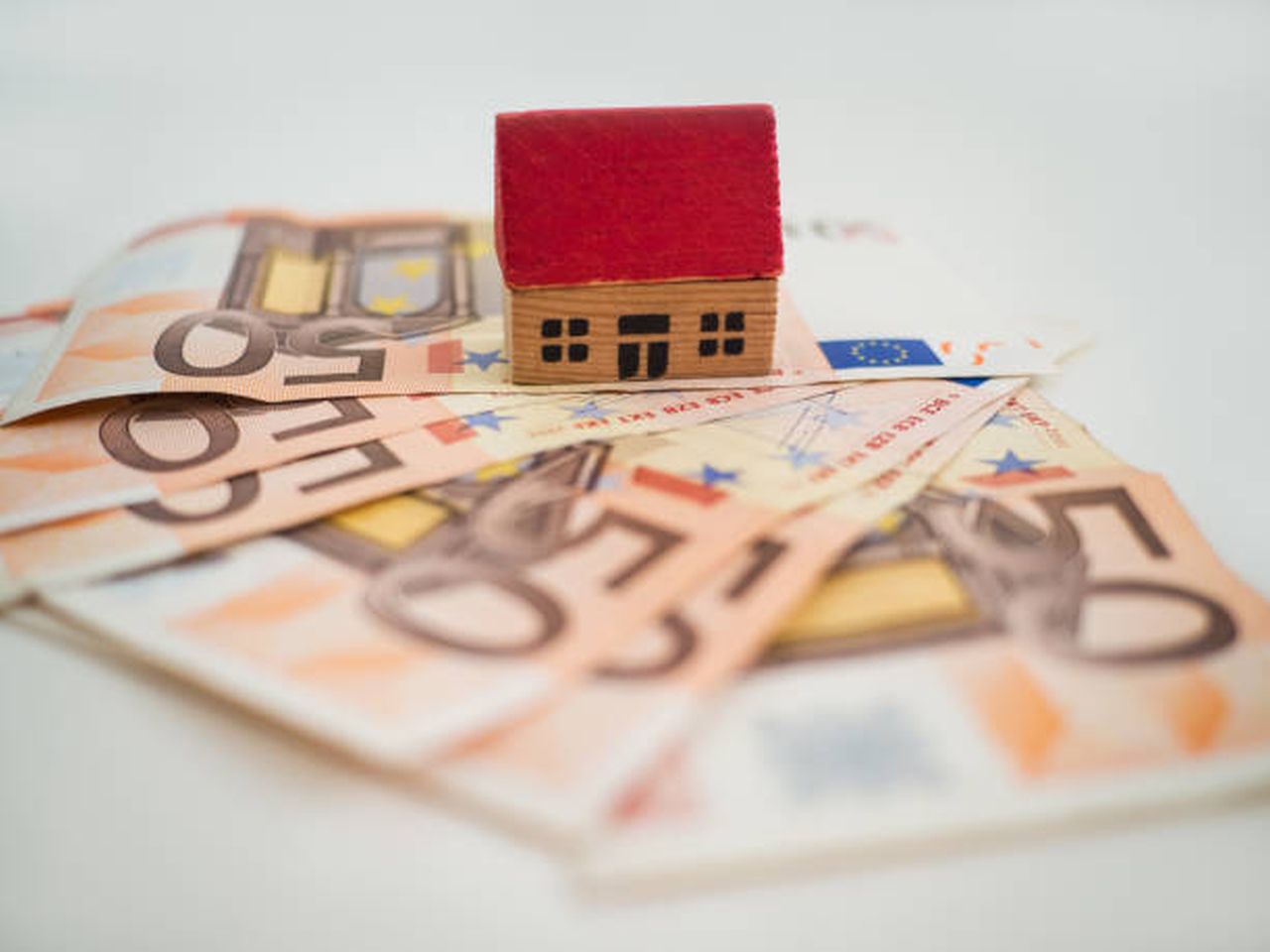
Conclusion
The most important details in this text are how prices are determined, the difference between estimated and actual costs, and the variables that can change the price. Price-for-square-foot calculations and comparisons will only tell you so much about the variations between the houses you're looking at. Finished basements, attics, and garages that could be converted into living spaces are not always factored into the advertised square footage of a home. A home's desirability can still be gauged by looking at its price per square foot. According to Housebuilder Digest, the national average price per square foot to construct a home is $150.
Based on a home magnitude of 2,600 square feet, the average cost can vary from $54 to $270 for every square foot. The price of a typical home in a planned residential community can range from $33 to $770 per square foot depending on the features, location, and level of finish. Materials and labour, permits and regulations, the land, style, utility connections, and flooring are all important considerations when building a house. The cost of materials and labour is influenced by location, materials and labour supply, permits and regulations, the land, style, utility connections, and flooring.
The cost of materials and labour is influenced by location, materials and labour supply, permits and regulations, the land, style, utility connections, and flooring. The price per square foot of flooring will vary depending on the material, size, and quality. The cheapest tile option, medium-sized square ceramic tiles, can be purchased for as little as $1 per square foot. Tiles that imitate natural stone or porcelain can range in price from $2 to $12 for every sq foot. The average cost of standard textured carpet is about $3 per square foot.
Vinyl flooring is inexpensive ($2 to $5 per sq foot), durable (can't be dented or scratched), and low maintenance (can be cleaned with a damp mop). Wood laminate flooring is more expensive than vinyl but offers similar benefits. Engineered hardwood can be installed for around $6 per square foot. Concrete cost per square foot A concrete block foundation for just a new home, addition, or shed will cost about $6 per sq foot on average. According to the BLS, there will be a 14% increase in the price of concrete ingredients between January 2021 and October 2022.
The cost per square foot to construct a custom home can range widely, and is determined by three main variables: surface or colour to a patio pour, grading the ground to make it even before the concrete is set, and the total amount spent and the home's square footage can be used to determine the construction cost. Buyers can rest easy knowing how much they dropped on a house thanks to this figure, and builders can use the data to better advertise their services to potential customers. Real Estate Appreciation - A new appraisal of a home's value may be in order after construction is complete, and potential buyers will use this figure to determine whether or not the asking price is reasonable in the current market. The cost per square foot to construct a custom home can range widely, and is determined by three main variables: square footage, amenities, design, and market and location. The cost per square foot of a custom home can vary widely depending on the actual floor space of the space.
The cost per square foot of a home is highest in the kitchen and bathroom. Open footage refers to rooms that don't have any fixed furnishings, such as cabinets, countertops, plumbing, etc. Budget cost cutting involves removing 100 square feet from the middle of the living room and reducing the size of the kitchen. When comparing homes with a comparable number of bedrooms, bathrooms, and kitchen square footage, smaller homes are more expensive overall. The cost per square foot of a bathroom is very high, so it is more cost-effective to construct a 2,500-square-foot residence with two bathrooms rather than three.
Constructing a home with a secondary bathroom averages around $40,000. Master bathrooms can cost so much because they are usually larger and have higher-quality fixtures and fittings. The price of a custom home can vary greatly depending on the interior and exterior finishes chosen. Typical home finishes include luxury vinyl plank (LVP) flooring, vinyl windows, fibreglass showers, & basic drywall. Luxury fittings such as steam-grade wood interior trim, open beam ceilings, stone tile floors, intricate tile showers, and wood windows can also increase costs.
Exotic designs, such as those in tessera tile or other mosaic patterns, can also increase costs. The integration of radiant heat flooring also with concrete slab increases the price significantly. The price of a level created easily with plasterboard finish is higher than that of a skip trowel texture. The cost of adding custom stone veneer to the exterior or interior of a house can be expensive. However, adding upscale touches like high-end materials and fixtures can increase the price per square foot.
To reduce costs, it is important to talk to the civil engineer and draughtsman before starting the design and layout of the home. The cost of fixtures and fittings will add up quickly.
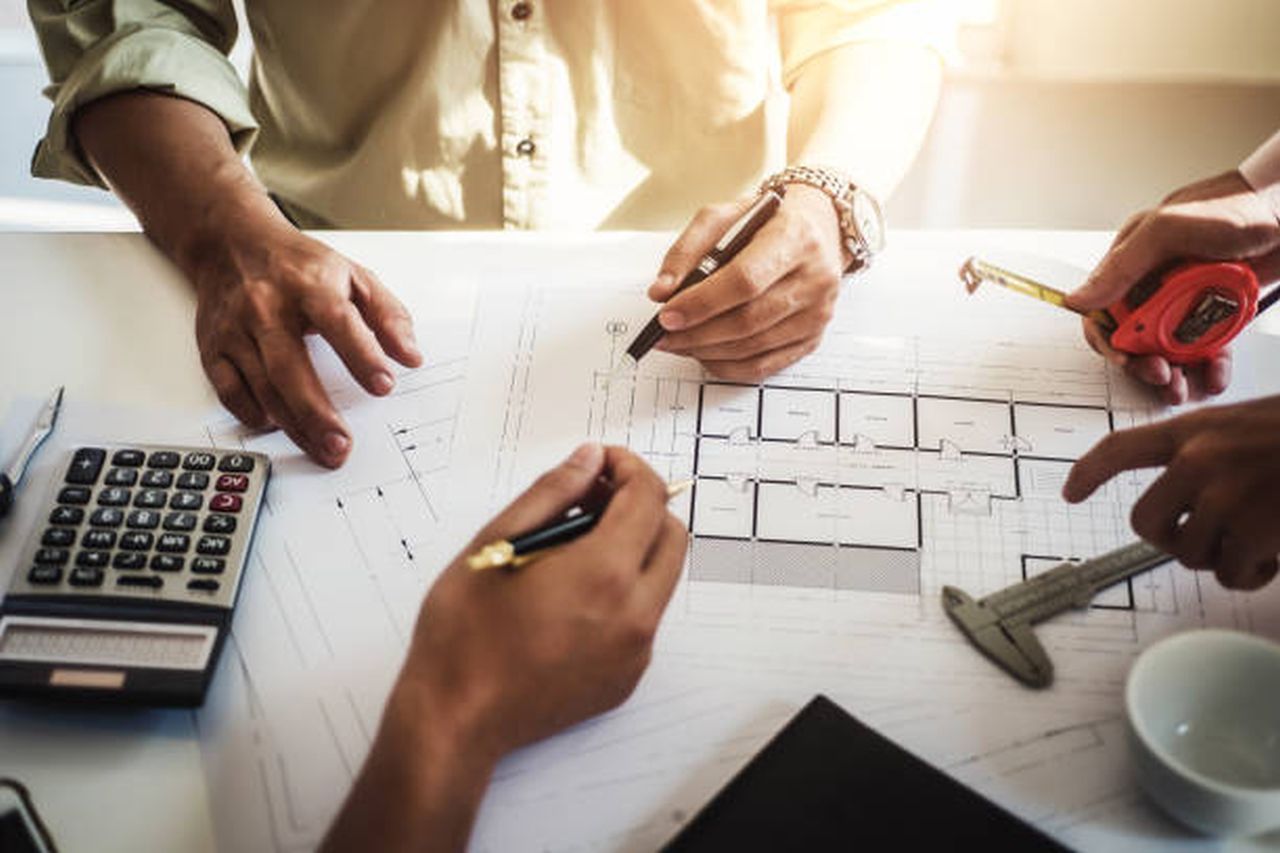
Content Summary:
- Do you want a house built specifically for you and your family's needs and budget?
- Perhaps you're curious how much one of our houses costs per square foot.
- We have the data you need to make an educated decision about this crucial aspect of selecting a new residence.
- Here we'll look at how our home prices stack up per square foot against the competition.
- Let's review pricing basics, including how prices are determined, the difference between estimated and actual costs, and the variables that can change the price.
- Please keep reading to learn more about the investment required to acquire one of our unique residences!
- Simply replace "per" with a division symbol to get the cost per square foot.
- If you're considering a home that's $400,000 but only 2,000 square feet in size, the numbers work out as follows:$400,000. /
- Price-for-square-foot calculations and comparisons will only tell you so much about the variations between the houses you're looking at.
- The square footage of the residence may be correct, as measured by the listing agent, or it may be incorrect, as recorded in out-of-date public records.
- Hence the land value is a major factor in determining property values (particularly in coastal markets).
- You can't make a fair comparison of properties by looking at only the cost per square foot.
- Finished basements, attics, and garages that could be converted into living spaces are not always factored into the advertised square footage of a home.
- A home's desirability can still be gauged by looking at its price per square foot.
- Whereas the average sale price of a home in San Francisco is over $1,000 per square foot, it is only $168.
- In both national and local housing markets, a higher value can indicate that the home's location, design, and additional characteristics are in high demand.
- The prices listed here are for a typical home in a planned residential community.
- It's a standard suburban tract home, neither cheap nor fancy.
- The per-square-foot cost of a cheap house could be as low as $33.
- However, depending on the home's features, location, and level of finish, a luxury home could reach $770 per sq foot or even higher.
- How much money you spend per square foot on a house is relative to the price of materials and labour.
- What is the prevailing wage and labour supply for the construction industry where you are?
- If the demand for construction workers exceeds the supply, or if you're constructing a costly live-in area, you can anticipate paying more.
- If you want to build a house on the water's edge, for instance, you might have to pay for an environmental study first.
- Stricter building standards can raise prices, but the added security and reduced difficulty of obtaining home insurance could compensate for it.
- The price per square foot of your building is heavily influenced by the price of the land on which it sits.
- In densely populated areas, the land itself may be more expensive than the house you eventually construct there.
- In addition, some geological characteristics will increase building costs.
- The construction cost on a hillside adjacent to a fault line will be much higher than on level farmland.
- Fashion is also important.
- How about two different colonies with such a basement or a ranch-style house on a concrete slab?
- It can cost up to six times the amount it takes to excavate a basement as it would build on a slab.
- Meanwhile, the construction cost is typically lower when going vertically rather than horizontally.
- The price per square foot of flooring will vary depending on the material, size, and quality you select.
- Preparing the subfloor and removing the old flooring can add to the overall price tag.
- The following are some examples of the per-square-foot prices at a major mid-range home retailer for some of the most frequently purchased flooring options.
- A speciality shop could have higher prices.
- The cheapest tile option, medium-sized square ceramic tiles, can be purchased for as little as $1 per square foot.
- Tiles that imitate natural stone or porcelain can range in price from $2 to $12 for every sq foot.
- Small hexagon-shaped marble tiles or tile backsplash natural stone may cost $25 per square foot on the high end.
- Mortar, grout, and installation are not included in these prices.
- The average cost of standard textured carpet, including installation, is about $3 per square foot.
- The cost to have patterned rather than Berber carpet installed can range from $3 to $6 per square foot.
- Vinyl flooring is inexpensive ($2 to $5 per sq foot), durable (can't be dented or scratched), and low maintenance (can be cleaned with a damp mop).
- It can cheaply mimic high-end materials like hardwood flooring or marble.
- With a material cost of $1 vs. $4 per square foot and an installation cost of $2 to $3 per sq metre, wood laminate flooring is more expensive than vinyl but offers similar benefits.
- A more expensive alternative to vinyl or wood fibreboard, engineered hardwood can be installed for around $6 per square foot.
- Solid hardwood is one of the most classic and long-lasting flooring options due to its ability to be refinished repeatedly.
- Nearly $8 per square foot is the average installed cost.
- A concrete block foundation for just a new home, addition, or shed will cost about $6 per sq foot on average.
- According to the BLS, there will be a 14% increase in the price of concrete ingredients between January 2021 and October 2022.Depending on the slab thickness (typically 4 feet or 60 cm) and also the cost of labour in your area, the price of a basic slab of concrete can vary from $4 to $8 per sq foot.
- Adding surface or colour to a patio pour ranges from $8 to $18 per sq foot.
- Grading the ground to make it even before the concrete is set is another factor driving the price.
- There are a few reasons why the cost per square foot is high:It provides a structure in which to carry out your work.
- When the construction of a house is finished, the total amount spent and the home's square footage can be used to determine the construction cost.
- If you spent $250,000 on a 2,000-square-foot house, for example, that works out to $125 per square foot.
- Builders can use the data to better advertise their services to potential customers.
- Semi-custom home builders can give their customers more reliable price estimates for custom homes because they can offer or before floor plans and reference model options.
- They'll be aware that if they alter the house's floor plan or choose fancier finishes, that will drive up the price.
- A new appraisal of your home's value may be in order after construction is complete.
- The appraisal will tell you how much your home is worth, whether you need it to sell it, refinance it, or get a home equity loan.
- A home's appraised value—which includes a price for each square foot calculation—is based on some factors, including its square footage, amenities, design, and market and location.
- Potential buyers will use this figure to determine whether or not the asking price is reasonable in the current market.
- The cost per square foot to construct a custom home can range widely.
- This should shed light on the variables contributing to the cost per square foot.
- As an illustration, let's use a 2,500-square-foot home with four bedrooms and three bathrooms.
- We'll also look at a similar house that's 500 sq ft smaller for comparison (same 4BR 3Bth.)
- The answer to the question of how much it costs per sq ft to construct a custom home can vary widely.
- Budgeting for dirt cheap is possible up to a certain point, but after that, there's no telling how much money you could indeed spend.
- The first factor is the actual floor space of the space.
- More money will need to be spent per square foot on smaller houses with the same number of bathrooms, kitchen size, and level of finish as larger houses.
- The cost per square foot of a home is highest in the kitchen and the bathroom.
- Let's pretend the total cost to construct a house was $250 per square foot.
- That includes the bedroom, study, kitchen, and bathroom.
- The actual construction costs of the kitchen and bathrooms were significantly higher than $250 per square foot.
- With no difference in the number of bathrooms or the quality of the finishes in the kitchen, the per-foot cost of a 2,000-square-foot home is significantly higher than that of a 2,500-square-foot home.
- There is typically less need for electrical work in open spaces.
- The price per square foot is lower because there are fewer fixtures and furnishings in the open floor plan.
- For example, in a house that costs $250 per square foot to build, removing 100 square feet from the middle of the living room won't save as much money as reducing the size of the kitchen.
- The living room could save you $150, maybe more, or even less, but the $250 total is a weighted average of much higher-priced square footage and cheaper open spaces.
- There is no way your kitchen could cost less than $2500.
- When comparing homes with a comparable number of bedrooms, bathrooms, and kitchen square footage, smaller homes are more expensive overall.
- A second factor that affects a budget per square foot is the number of bathrooms, which is related to the first.
- The cost per square foot of a bathroom is very high.
- It is more cost-effective to construct a 2,500-square-foot residence with two bathrooms rather than three.
- Having fewer bathrooms will help you save money on your home.
- How much does a bathroom cost, though?Bathroom Dimensions And Finishes Constructing a home with a secondary bathroom averages around $40,000.
- It all depends on the quality of the fixtures and fittings in that bathroom, but $40,000 is a reasonable estimate.
- You can save $40,000 by eliminating a bathroom.
- The reason why master bathrooms can cost so much is because they are usually much larger and have higher-quality fixtures and fittings.
- A main bathroom suite can easily rise to $80,000 or more.
- Some houses have two master suites, in which case the second bathroom should cost $80,000 rather than $40,000.
- The primary bathroom or guest bathroom status is established by its size and level of finishing.
- The price of a custom home can vary greatly depending on the interior and exterior finishes chosen.
- To what extent you customise your home depends on the degree of completion you choose.
- Usually, we categorise finishes as either standard, custom, or high-end.
- Luxury vinyl plank (LVP) flooring, vinyl windows, fibreglass showers, & basic drywall are some of the most affordable home finishing options.
- The cost per square foot increases as a result of more luxurious fittings.
- Exotic designs, such as those in tessera tile or other mosaic patterns, can also increase costs.
- Adding custom stone veneer to the exterior (or interior) of a house is expensive.
- It will cost a lot of money to have a stone and otherwise tile veneer installed on an accent wall.
- The exterior wainscot on some homes is quite modest.
- Adding a personal touch to the exterior of a home can improve its visual appeal.
- However, once you start customising the entire wall or all sides of the house, the price can rise dramatically.
- Perhaps you decide to upgrade the foyer inside the house, which will cause prices to rise.
- The price per square foot skyrockets once you add upscale touches like high-end materials and fixtures.
- The cost per square foot can go up or down depending on the type of finishes chosen.
- Finishes are a great place to start when trying to reduce costs.
- Talk to the civil engineer and draughtsman before starting the design and layout of the home if you want to keep costs down, but remember that the cost of the fixtures and fittings will add up quickly.
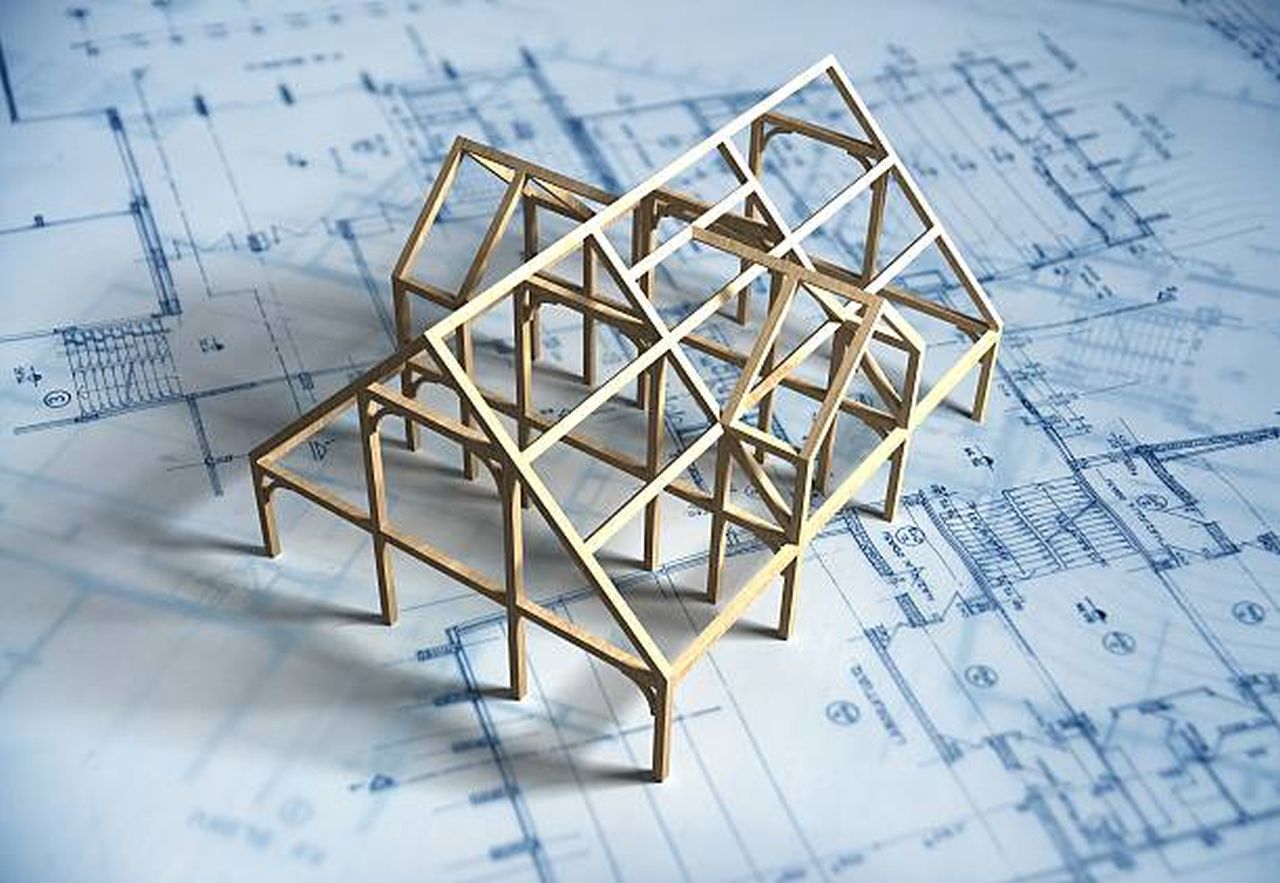
Frequently Asked Questions About Home Sizes
How many square feet is good for a house?
On average, the ideal square footage is about 600 – 700 square feet per person. That means a family of three will want a house that's at least 1,800 square feet. A family of four will want a home of around 2,400 square feet.
How do you calculate 1 square foot?
Multiply the length by the width, and you'll have the square feet. Here's a basic formula you can follow: Length (in feet) x width (in feet) = area in sq. ft. Tip: If you can't picture what a square foot is, try drawing a square that is 1 foot tall by 1 foot wide—you've got one square foot!
How do you calculate the price per square meter?
A space with a one-meter length and one-meter width is called a square meter. We can calculate the price per square meter by dividing the overall price of a property by the summation of square meters in the property.
Is 1500 square feet a big house?
No, this size home is typically considered “midsize.” A 1,500-square-foot house plan is a great fit for small families or couples planning to start a family. How many bedrooms can a 1,500 square feet house have?
Is Custom Build Cheaper?
On Average (Per HomeAdvisor), The Savings Can Be About 15% Or Possibly 20-30% In Some Cases For Comparable Homes. Of Course, The Exact Cost Per Square Foot Of A Particular Home Depends On What Materials You Use, The Cost Of The Land, How Complex The Build Is, As Well As A Variety Of Other Factors.

